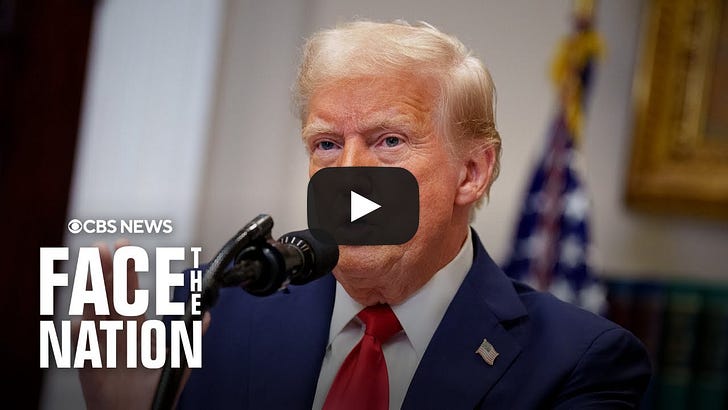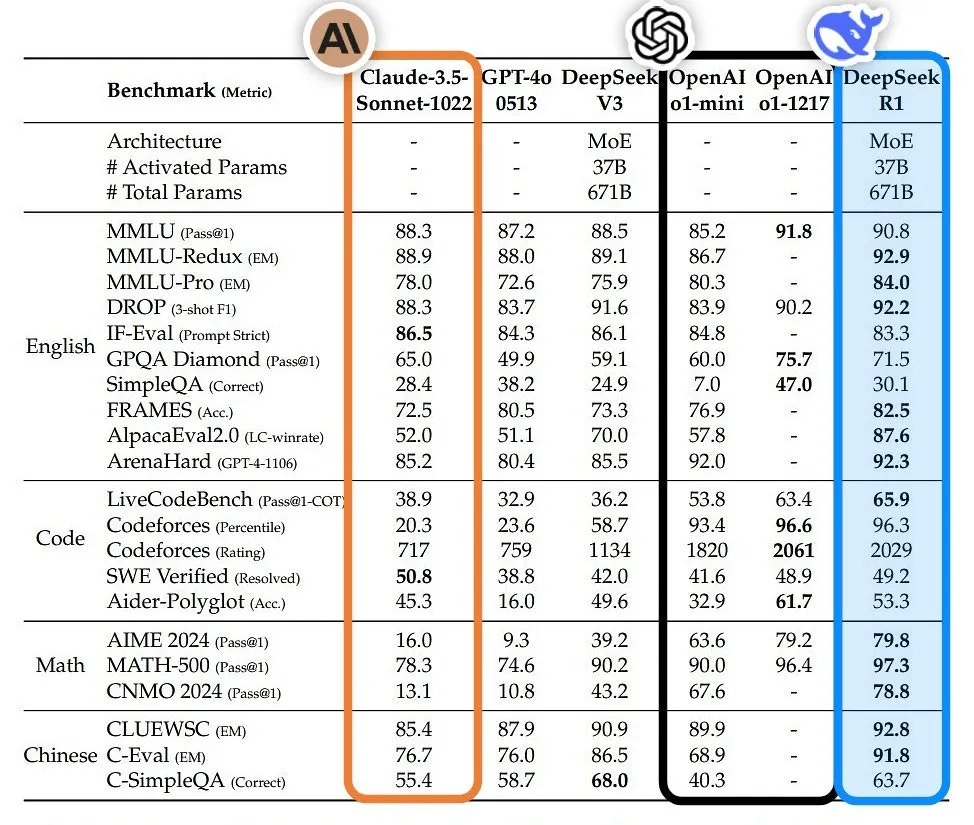💰Will the $500 Billion AI Infrastructure Initiative be the Answer?Plus: New Administration Open to Musk and Ellison Buying TikTok to Avoid U.S. Ban.Get in Front of 50k Tech Leaders: Grow With Us - Let Us Feature Your Business. Middle of the Week already team, A wave of executive orders and rapid tech advancements is reshaping our landscape. The new administration announced a massive AI infrastructure initiative, but will it be enough to position the U.S. as a global leader? And what are the risks of deregulating AI for everyday citizens? Meanwhile, other nations are deploying competitive models like DeepSeek, and the TikTok algorithm continues to make the Chinese platform the fastest-growing and most popular app worldwide. Let’s dive into these developments and their implications.
New Administration Open to Musk and Ellison Buying TikTok to Avoid U.S. Ban.Trump expressed openness to Tesla CEO Elon Musk and Oracle co-founder Larry Ellison purchasing TikTok, which faces a U.S. ban unless it separates from its Chinese parent, ByteDance. Trump proposed that a buyer could give half the ownership to the U.S. in exchange for a permit, valuing TikTok at up to $1 trillion with approval. The purchase may not come with the “For You Algorithm” which has made TikTok the most successful app in history. It emerged in 2017 out of the Chinese video-sharing app Douyin and within three years it became the most downloaded app in the world, later surpassing Google as the world’s most visited web domain. During a press conference, Ellison supported the idea, calling it a "good deal." Major ByteDance investors, including General Atlantic and Susquehanna International Group, remain involved in negotiations. Our Partners:
DeepSeek Claims R1 Outperforms OpenAI's o1 on Key Benchmarks.Chinese AI lab DeepSeek has launched DeepSeek-R1, a reasoning-focused AI model that rivals OpenAI’s o1 on benchmarks like AIME, MATH-500, and SWE-bench Verified. Available open-source under an MIT license on Hugging Face, R1 offers commercial accessibility and affordability, costing 90%-95% less than OpenAI’s o1 through DeepSeek’s API. R1 boasts 671 billion parameters, indicating high problem-solving potential, and includes smaller distilled versions (1.5–70 billion parameters) that can run on standard hardware. Reasoning models like R1 are designed to "fact-check" themselves, enhancing reliability in areas such as physics, science, and math, albeit with slower response times. However, as a Chinese-developed model, R1 adheres to government-mandated censorship, limiting its responses on politically sensitive topics like Tiananmen Square or Taiwan. The model's release comes amidst tightening U.S. restrictions on Chinese AI advancements, with export rules aimed at restricting access to AI chips and technologies. OpenAI has urged U.S. policymakers to bolster domestic AI innovation, expressing concerns over China's rapid progress. DeepSeek’s open-source approach may catalyze global collaboration, allowing AI engineers to refine and expand its capabilities, potentially accelerating the path to AGI and ASI. This raises a critical question: can open-source innovation and closed-source stability coexist to shape AI’s future? What’s your take on balancing open and closed approaches in AI?
📰 AI News and Trends
🌐 Other Tech news
Will the $500 Billion AI Infrastructure Initiative be the Answer? President Trump has unveiled the $500 billion Stargate initiative, a private sector-driven AI infrastructure project involving OpenAI, SoftBank, and Oracle. Aimed at boosting U.S. AI leadership, the plan includes building massive data centers across the country, creating over 100,000 jobs, and enabling advancements in industries like healthcare and energy. The move coincides with Trump’s repeal of Biden’s AI safety executive order, essentially eliminating government guardrails for AI developers to ensure the technology does not harm consumers. While this has raised ethical concerns about unchecked AI development, the project underscores the transformative potential of AI in driving economic growth and technological progress. Ambitious infrastructure and development projects involving private firms have historically shown mixed results. For example, SoftBank's 2016 pledge of $50 billion to create 50,000 jobs has left the actual job creation impact unclear. Similarly, the 2017 announcement of a $10 billion Foxconn facility in Wisconsin has largely been abandoned. These examples cast doubt on the viability and effective execution of large-scale initiatives under similar frameworks. To position the U.S. as a global leader in AI, significant accountability and oversight will be essential. Meanwhile, other nations are rapidly advancing their technological capabilities, leveraging educated workforces and accelerating innovation at a competitive pace. 🧰 AI ToolsDownload our list of 750+ Tools free here. 🚀 Showcase Your Innovation in the Premier Tech and AI Newsletter (link) As a vanguard in the realm of technology and artificial intelligence, we pride ourselves in delivering cutting-edge insights, AI tools, and in-depth coverage of emerging technologies to over 55,000+ tech CEOs, managers, programmers, entrepreneurs, and enthusiasts. Our readers represent the brightest minds from industry giants such as Tesla, OpenAI, Samsung, IBM, NVIDIA, and countless others. Explore sponsorship possibilities and elevate your brand's presence in the world of tech and AI. Learn more about partnering with us. Disclaimer: We do not give financial advice. Everything we share is the result of our research and our opinions. PLEASE do your own research and make conscious decisions. The web3 space can be highly volatile and risky. |
Wednesday, January 22, 2025
💰Will the $500 Billion AI Infrastructure Initiative be the Answer?
Subscribe to:
Post Comments (Atom)


No comments:
Post a Comment